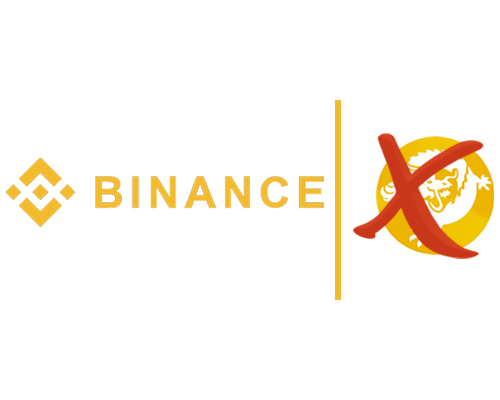
Bitcoin Satoshi Vision (Bitcoin SV) was banned by various exchanges, among them Binance, Shapeshift and Blockchain.com, because of a “lack of ethics” continues to generate controversary in the cryptocurrency community.
Bitcoin SV hasn’t followed the general growth tendency of cryptocurrencies. In mid-April, days before releasing its exit from these exchanges, its value was quoted at around 72 USD; however, after the news, it fell to 52 USD. Binance’s developers justified their decision on what they considered “a serious lack of ethics” and they granted a week to all of its users that had these crypto assets to make their withdrawals from the platform.
The lack of ethics alleged by Binance is that Bitcoin SV is controlled, by more than 51% of the hash tax, by CoinGeek, a mining group. This percentage is against the basic principles that regard cryptocurrencies. According to current data, CoinGeek has managed to extract 52% of the Bitcoin SV block.
One of the basic ideas of crypto assets is that the blockchain is decentralized, so that each member has control. Now, if a determined group reaches the control of more than 51% of the blockchain’s hash tax, it will then have the capacity to verify the transactions made within the network. This is very risky, since counting on this group’s approval is necessary for carrying out transactions. Other specialists warn that there is also the risk that the miners realize a double expense, or, in other words, controlling more than 51% of the hash tax they can launch an attack in which they delay transactions before they are confirmed.
Faced with the decision made by Binance — considered the major exchange in the world — to ban Bitcoin SV, CoinGeek immediately replied with a strong accusation: the group assured that Binance participated in criminal operations.
Does CoinGeek control more than 50% of the Bitcoin SV?
Calvin Ayre, CoinGeek’s director and one of the largest Bitcoin SV promoters in the world, asserts in an article that the exit from the exchange was a reprisal against its project. Ayre based his accusation on a video by Chico Crypto, where the false amounts and money laundering operations identified in an asset management report carried out by Bitwise, were emphasized. In this investigation, it is clarified that only ten exchanges revealed their “real volume” and Binance was one of them; however, this was registered as a Monetary Services Business (MSB) in the Financial Crime Execution Network (FinCEN); in addition, they couldn’t count on a license from BitLicense – which is required for operating in New York – either.
Another argument set forth by Ayre is that Binance doesn’t use security tools to help detect market manipulations such as spoofing and operation laundering through historical analysis and operation real time, order books and other market information.
According to Ayre, Binance was unable to comply with financial regulations and because of this has moved its headquarters from China to Japan and, even more recently, to Malta. CoinGeek asserts that Binance could never comply with any regulations, since it was most likely mixed up in criminal operations. In addition, Binance has been unable to draw up an agreement with banking institutions and has opted to work with Tether as its base pair; however, it can’t count on a backup on a rate of 1 to 1 with the USD.
Ayre’s criticism of Binan also include saying that the exchange doesn’t apply either “know your client” (KYC) or anti-money laundering policies. To support his , Ayre quoted a recent market safety report carried out by the Blockchain Transparency Institute, where it was announced that more than 10% of the operations of the Binance and Bitfinex exchanges involved money laundering.
Do you want to invest in cryptocurrencies?
We offer you the weekly portfolio CryptoFIB30, in a PDF format. A portfolio of cryptocurrencies with high earning prospects, suggested by our staff (the dates and purchase prices for the reported crypotos in addition to operative signals - when to sell or keep - are indicated).
Bitcoin Future: for those who prefer, instead, to follow the derivative, Bitcoin Future is analyzed, quoted on the CME, with the indication of important levels and operative targets of purchase/sale with a weekly perspective.
Pay
Risk warnings
The views and opinions expressed are the views of Crypto Currency 10 and are subject to change based on market and other conditions. The information provided does not constitute investment advice and it should not be relied on as such. All material(s) have been obtained from sources believed to be reliable, but its accuracy is not guaranteed. There is no representation or warranty as to the current accuracy of, nor liability for, decisions based on such information.
Changes in rates of exchange may have an adverse effect on the value, price or income of an investment.
Past performance is no guarantee of future results and the value of such investments and their strategies may fall as well as rise.

